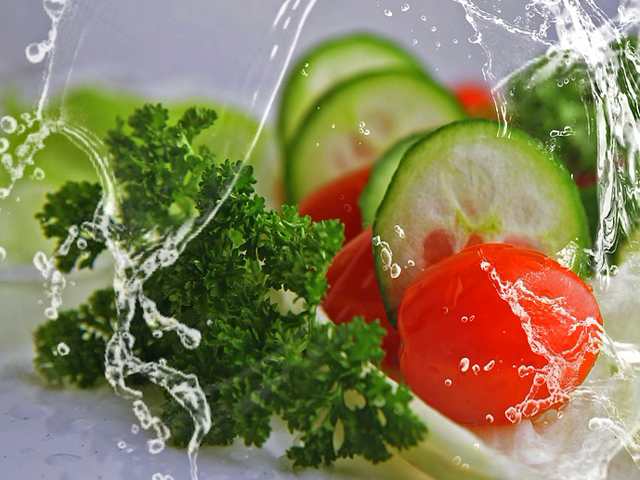While many people may not visit the market daily, those who attend the weekly market in their neighborhood often encounter vegetables that may appear fresh but turn out to be hollow or blemished upon closer inspection. The key is to discern the signs of freshness before filling your bag for the week. Not everything that looks good is necessarily fresh, and it’s crucial to pay attention to certain indicators to ensure the quality of your produce.
Tips for Selecting Fresh Vegetables:
- Peas: Choose peas that are not rock hard but rather soft, with a smooth texture when held. Ensure they have a vibrant green color.
- Beets: Opt for beets that are red in color and have no cracks in the skin, indicating freshness.
- Cabbage: Select small, round cabbages and avoid those that are fat or irregularly shaped.
- Cauliflower: Inspect for splits and cracks, which may indicate insect damage. Look for a clean surface without visible signs of bugs or worms.
- Carrots: Fresh carrots should have a dark saffron color, a clean and injury-free surface. Consider buying more in winter when they are most abundant.
- Onions: Choose onions with dry and pink skins. Fresh onions have round and firm inner petals.
- Mushrooms: Look for slightly soft, round, and oily mushrooms for optimal freshness.
- Potatoes: Select firm and oily potatoes, avoiding those with cracks, black exteriors, mud, or ash. Sprouted potato tubers should also be avoided.
- Lettuce: Opt for neat, soft, and dark green lettuce leaves, avoiding yellowing, holes, or splits.
- Tomatoes: Choose slightly fat, round, and glossy red tomatoes, steering clear of those with spots, black holes, or a soft texture.
- Green Beans: Select round green beans and ensure they feel firm to the touch.
- Okra: Choose thin okra, whether short or long, with soft stomachs, no black spots, and easily breakable thighs for tenderness.
- Coriander and Fenugreek Leaves: Pick soft and green leaves, avoiding faded or yellow ones. Beware of heavy bundles excessively wet, as they spoil quickly.
- Lemons: Choose slightly larger lemons, as smaller ones may lack sufficient juice.
- Eggplants: Inspect glossy eggplants for cavities, and opt for those that are not overly fat.
- Beetroots: Scratch the edges of beetroots – if they appear pale and green, they are likely fresh.
By paying attention to these signs, you can ensure that the fruits and vegetables you select are fresh and of high quality.

